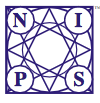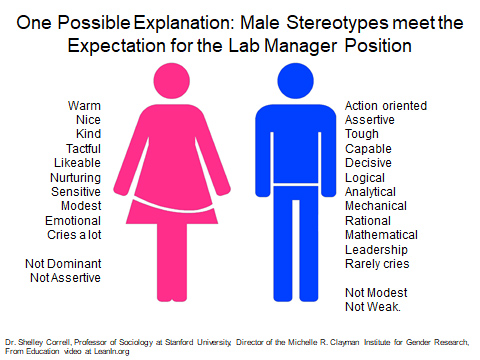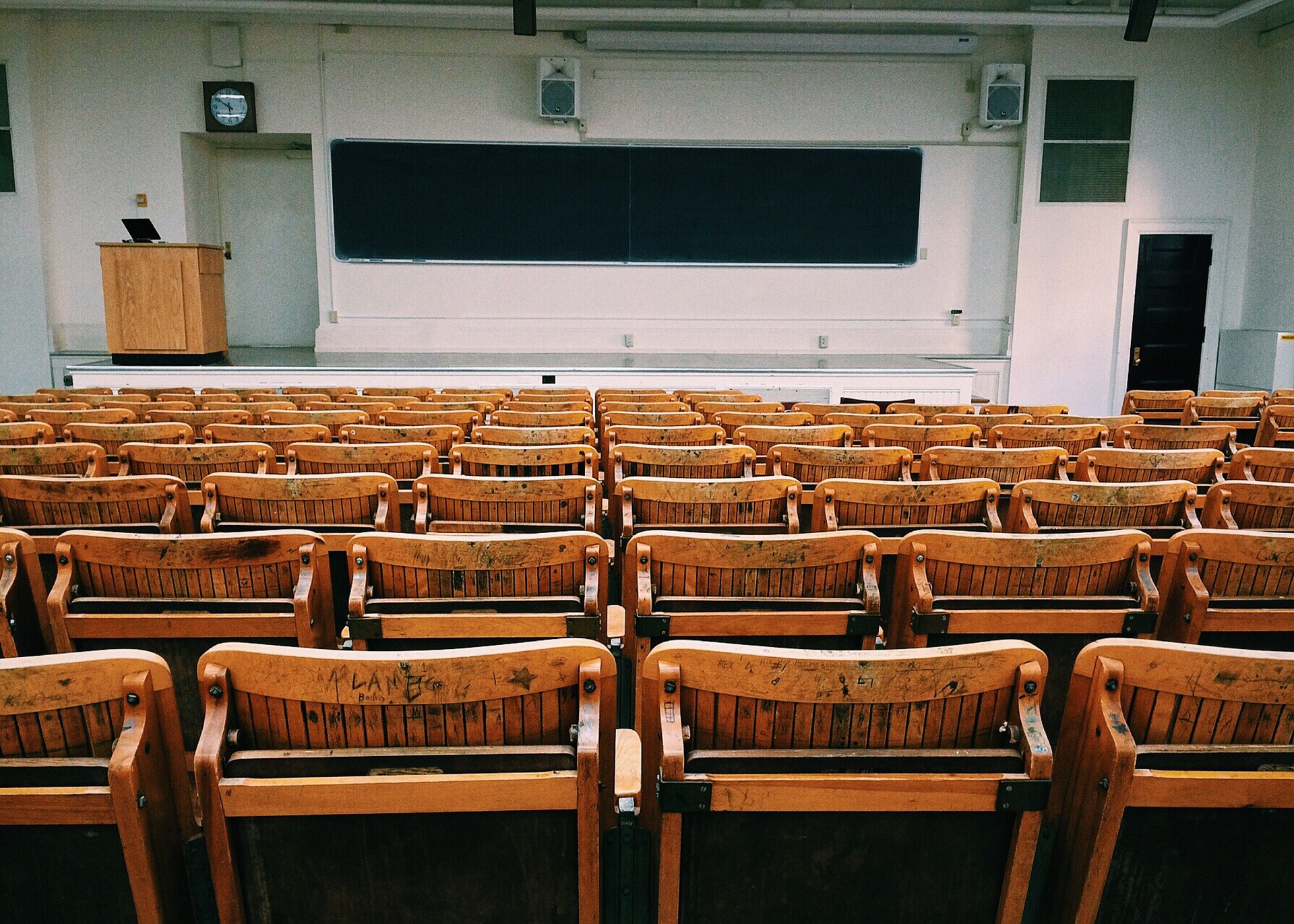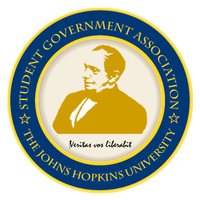
Dear NIPS board members,
As researchers in machine learning and data science at Johns Hop kins University, we write as advocates of a welcoming and diverse machine learning community. Recently, some disappointing behavior at NIPS 2017 has come to our attention, and has led one lab here to ban participation in NIPS 2018. We understand that steps are being taken to evaluate changes to the meeting in light of this behavior. In addition, the acronym of the conference is prone to unwelcome puns, such as the perhaps subversively named pre-conference “TITS” event and juvenile t-shirts such as “my NIPS are NP-hard”, that add to the hostile environment that many ML researchers have unfortunately been experiencing.
These incidents have brought up uncomfortable memories for some of us whose career paths have been affected by unwelcoming or harassing behavior. NIPS is at a time of significant expansion and change. We believe that serious actions are essential for the continuing health of the community.
We are aware that the NIPS board has appointed Diversity and Inclusion chairs and i s working towards a strengthened code of conduct to set behavioral expectations. As you know, templates for such codes of conduct are available from other conferences. We support this move, and further hope that conference attendees will be actively encouraged to speak up when they observe social behavior that may make other attendees uncomfortable. We also fully expect that this code of conduct will specify consequences for harassment and are in keeping with recent policy changes from NSF that mandate reporting of harassment.
We also recommend a more radical reform: rebranding of the meeting, including a change to the name of the conference. Certainly the NIPS name has a long and distinguished history, and it is an unfortunate coincidence that it is vulnerable to sexual puns. Changing the name at this time could serve as a powerful symbolic move which, in conjunction with other changes, would signal the Board’s commitment to improving the culture of the field and making the conference a leader in inclusion.
We appreciate that NIPS has hosted and prominently featured the Women in Machine Learning and Black in AI workshops, and we look forward to further efforts to welcome contributors to the field from a range of backgrounds. Our own ML community at Johns Hopkins includes and is taking active measures to welcome people with diverse gender identity and expression, sexual orientation, age, disability, physical appearance, body size, race, ethnicity, nationality and national origin, and religion. Locally, Johns Hopkins just announced its progress report on Diversity and Inclusion; we are taking steps to ensure harassment-free and equal inclusion within our data science community at JHU. We hope to eliminate disincentives to participation in ML research at our own university, and would be glad to help with efforts to do the same in the field at large.
Thank you for your concern and quick action.
Sincerely,
1. Joel S. Bader, Professor, Department of Biomedical Engineering
2. Brian Caffo, Professor, Department of Biostatistics
3. Jason Eisner, Professor, Computer Science
4. Michael L. Falk, Vice Dean for Undergraduate Education, Professor, Departments of
Materials Science and Engineering, Mechanical Engineering, and Physics
5. Donald Geman, Professor, Applied Mathematics and Statistics
6. Jeffrey Gray, Professor, Chemical & Biomolecular Engineering
7. Gregory D. Hager, Mandell Bellmore Professor of Computer Science and Director of the
Malone Center for Engineering in Healthcare
8. Philipp Koehn, Professor, Department of Computer Science
9. Jeffrey Leek, Professor, Departments of Biostatistics and Oncology
10. Daniel Q. Naiman, Professor, Department of Applied Mathematics and Statistics
11. Gary L. Rosner, Professor, Departments of Oncology and Biostatistics, Chair of the
Division of Biostatistics and Bioinformatics and Director of the Research Program of
Quantitative Sciences of the Sidney Kimmel Comprehensive Cancer Center
12. Alexander Szalay, Bloomberg Distinguished Professor, Physics and Computer Science
13. René Vidal, Professor of Biomedical Engineering, Director of Johns Hopkins
Mathematical Institute for Data Science (MINDS)
14. Laurent Younes, Professor and Chair, Department of Applied Mathematics and Statistics
15. Alan Yuille, Bloomberg Professor, Cognitive Science and Computer Science
16. Mark Dredze, John C Malone Associate Professor, Department of Computer Science
17. Peng Huang, Associate Professor, Departments of Oncology and Biostatistics
18. Rachel Karchin, The William R. Brody Faculty Scholar, Associate Professor, Departments
of Biomedical Engineering and Oncology
19. Feilim Mac Gabhann, Associate Professor, Department of Biomedical Engineering
20. Luigi Marchionni, Associate Professor, Department of Oncology
21. Michael C. Schatz, Bloomberg Distinguished Associate Professor of Computer Science
and Biology
22. Cristian Tomasetti, Associate Professor, Departments of Oncology and Biostatistics
23. Ravi Varadhan, Associate Professor of Biostatistics
24. Hao Wang, Associate Professor, Department of Oncology
25. Sarah J. Wheelan, Associate Professor, Department of Oncology
26. Raman Arora, Assistant Professor, Department of Computer Science
27. Alexis Battle, Assistant Professor of Biomedical Engineering
28. Najim Dehak, Assistant Professor, Department of Electrical and Computer Engineering
29. Elana J. Fertig, Assistant Professor of Oncology, Associate Director of the Research
Program in Quantitative Sciences of the Sidney Kimmel Comprehensive Cancer Center
30. Loyal A. Goff, Assistant Professor of Neuroscience & Genetic Medicine
31. Stephanie Hicks, Assistant Professor, Department of Biostatistics
32. Andrew Jaffe, Assistant Professor, Department of Mental Health
33. Kai Kammers, Assistant Professor, Department of Oncology
34. Emily Riehl, Assistant Professor, Department of Mathematics
35. Daniel P. Robinson, Assistant Professor, Department of Applied Mathematics and
Statistics
36. Suchi Saria, Assistant Professor of Computer Science, Statistics and Health Policy
37. Robert B. Scharpf, Assistant Professor, Departments of Oncology and Biostatistics
38. Ilya Shpitser, John C Malone Assistant Professor of Computer Science and Biostatistics
39. Benjamin Van Durme, Assistant Professor, Department of Computer Science
40. Zheyu Wang, Assistant Professor, Departments of Oncology and Biostatistics
41. Yanxun Xu, Assistant Professor, Department of Applied Mathematics and Statistics
42. William Gray-Roncal, Assistant Research Professor, Department of Computer Science
43. Bahman Afsari, Instructor, Department of Oncology
44. Narges Ahmidi, Assistant Research Scientist, Malone Center for Engineering in
Healthcare
45. Richard Brown, Associate Teaching Professor, Department of Mathematics
46. Benjamín Béjar, Associate Research Scientist, Department of Biomedical Engineering
47. Helen Cromwell, Administrative Manager, Department of Oncology, Biostatistics
48. Ludmila Danilova, Research Associate, Departments of Oncology and Biostatistics
49. Wei Fu, Senior Biostatistician, Department of Oncology and Biostatistics
50. Rumen Kostadinov, Research Associate, Department of Pediatric Oncology
51. Sean Kross, Associate Faculty, Department of Biostatistics
52. Anand Malpani, Assistant Research Scientist, Malone Center for Engineering in
Healthcare
53. Alisa Moore, Administrative Coordinator, Departments of Oncology and Biostatistics
54. Sara More, Associate Teaching Professor, Department of Computer Science
55. Bongsoo Park, Research Associate, Department of Environmental Health and
Engineering
56. Christine Piatko, Assistant Research Professor, Department of Computer Science
57. Thomas Sherman, Biostatistician, Department of Oncology
58. James C. Spall, Research Professor, Department of Applied Mathematics and Statistics
59. Tamas Budavari, Department of Applied Mathematics and Statistics
60. Wikum Dinalankara, Postdoctoral Fellow, Department of Oncology
61. Shannon E. Ellis, Postdoctoral Fellow, Department of Biostatistics
62. Guilherme Starvaggi Franca, Postdoctoral Fellow, Center for Imaging Science
63. Peter F. Hickey, Postdoctoral Fellow, Department of Biostatistics
64. Jonathan P. Ling, Postdoctoral Fellow, Department of Neuroscience
65. Daniel Malinsky, Postdoctoral Fellow, Department of Computer Science
66. Daniel Mendat, Postdoctoral Fellow, Department of Electrical and Computer
Engineering
67. Garrett Nicolai, Postdoctoral fellow, Department of Computer Science
68. Genevieve Stein-O’Brien, Postdoctoral Fellow, Department of Oncology Biostatistics and
Institute of Genomic Medicine
69. Luciane Tsukamoto Kagohara, Department of Oncology
70. Zhihui Zhu, Postdoctoral fellow, the Center for Imaging Science
71. Jonathan Andersen, Research Assistant & Student, Undergraduate Program in
Neuroscience
72. Jonathan Augustin, PhD Candidate, Biochemistry, Cellular and Molecular Biology
Program; Neuroscience Department
73. Daniel N. Baker, Graduate Student, Department of Computer Science
74. Leandros Boukas, PhD Candidate, Institute of Genetic Medicine
75. Vikram Chandrashekhar, PhD Student, Department of Biomedical Engineering
76. Nanxin Chen, PhD Student, Department of Electrical and Computer Engineering
77. Emily Davis, PhD Student, Institute of Genetic Medicine
78. Kipper Fletez-Brant, PhD Candidate, Institute of Genetic Medicine
79. Yixin Gao, PhD Candidate, Department of Computer Science
80. Yuan He, PhD candidate, Department of Biomedical Engineering
81. Rachel Hegeman, Graduate Student, Department of Computer Science
82. Katharine Henry, PhD Candidate, Department of Computer Science
83. Jonathan D. Jones, Graduate Student, Department of Electrical and Computer
Engineering
84. Gaurav Kumar, Graduate Student, Department of Computer Science
85. Connor Lane, Graduate Student, Department of Computer Science
86. Natalie Larsen, Graduate Student, Department of Computer Science
87. Adam Li, PhD Student, Department of Biomedical Engineering
88. Rebecca Marvin, Graduate Student, Department of Computer Science
89. Effrosyni Mavroudi, PhD Candidate, Department of Biomedical Engineering
90. Molly O’Brien, Graduate Student, Department of Computer Science
91. Princy Parsana, PhD candidate, Department of Computer Science
92. Nathan Roach, Graduate Student, Department of Biology
93. Ashis Saha, Graduate Student, Department of Computer Science
94. Evan Schwab, PhD Candidate, Department of Electrical and Computer Engineering
95. Benjamin D. Shapiro, Graduate Student, Department of Computer Science
96. Eli Sherman, Graduate Student, Department of Computer Science
97. Rachel Sherman, PhD Student, Department of Computer Science
98. Heather C. Wick, PhD Candidate, Institute of Genetic Medicine
99. Siddharth Mahendran, PhD Candidate, Department of Electrical and Computer
Engineering
100. Sebastian J. Mielke, PhD Student, Department of Computer Science
101. Anirbit, Department of Applied Mathematics and Statistics
102. Leslie Myint, PhD Candidate, Department of Biostatistics
103. Razieh Nabi, Graduate Student, Department of Computer Science
104. Arun Asokan Nair, Graduate Student, Department of Electrical and Computer
Engineering
105. Carolina Pacheco, Graduate Student, Department of Biomedical Engineering
106. Srivathsa Pasumarthi, Graduate Student, Department of Computer Science
107. Chris Paxton, PhD Candidate, Department of Computer Science
108. Adam Poliak, PhD Candidate, Department of Computer Science
109. Sachi Sanghavi, Graduate Student, Department of Cognitive Science
110. Kayode Sanni, PhD Candidate, Department of Electrical and Computer
Engineering
111. Peter Schulam, PhD Candidate, Department of Computer Science
112. Ayushi Sinha, PhD Candidate, Department of Computer Science
113. David Snyder, PhD Candidate, Department of Computer Science
114. Aditya Upadhyayula, Graduate Student, Department of Psychological and Brain
Sciences
115. Long Wang, PhD Candidate, Department of Applied Mathematics and Statistics
116. Zach Wood-Doughty, Graduate Student, Department of Computer Science
117. Shijie Wu, Graduate Student, Department of Computer Science
118. Xiang Xiang, PhD Candidate, Department of Computer Science
119. Fangzheng Xie, PhD Candidate, Department of Applied Mathematics and
Statistics
120. Florence Yellin, PhD Candidate, Department of Mechanical Engineering
121. Corby Rosset, Alumnus ‘17, M.S.E & B.S. Computer Science
122. Xiaoge Julia Zhang, Alumnus ‘17, PhD & MHS, Department of International
Health, Department of Biostatistics
Here is a link: Hopkins letter to NIPS
Image credit: https://nips.cc/Conferences/2017

 in 2012 as well as earlier work). Particularly compelling is research showing that identical candidates for a (hypothetical) lab manager position fared quite differently, in the eyes of professors of all genders and backgrounds, depending on the apparent gender of the candidate.
in 2012 as well as earlier work). Particularly compelling is research showing that identical candidates for a (hypothetical) lab manager position fared quite differently, in the eyes of professors of all genders and backgrounds, depending on the apparent gender of the candidate. earch by Kristina M. Mitchell and Jonathan Martin,
earch by Kristina M. Mitchell and Jonathan Martin,  ay evening I had the opportunity, at the invitation of long-time Where We Stand participant and Executive VP AJ Tsang, to talk to the
ay evening I had the opportunity, at the invitation of long-time Where We Stand participant and Executive VP AJ Tsang, to talk to the